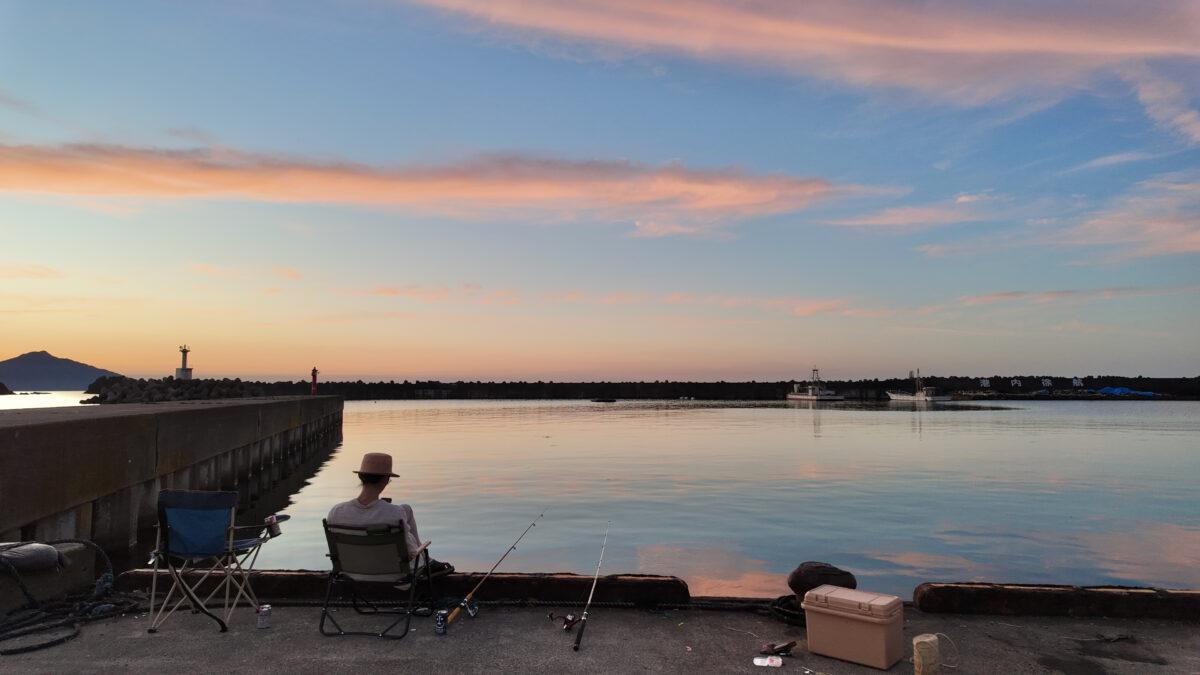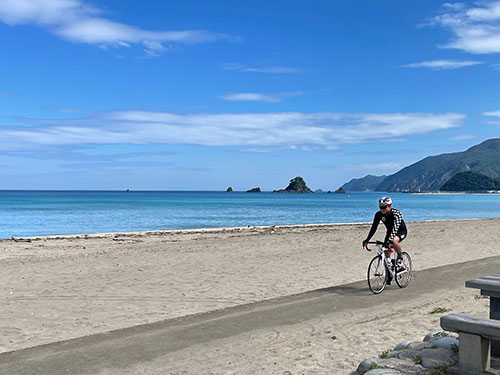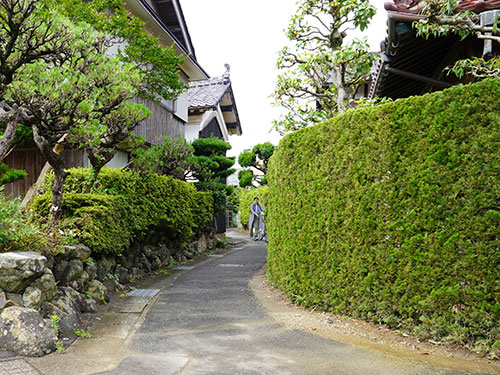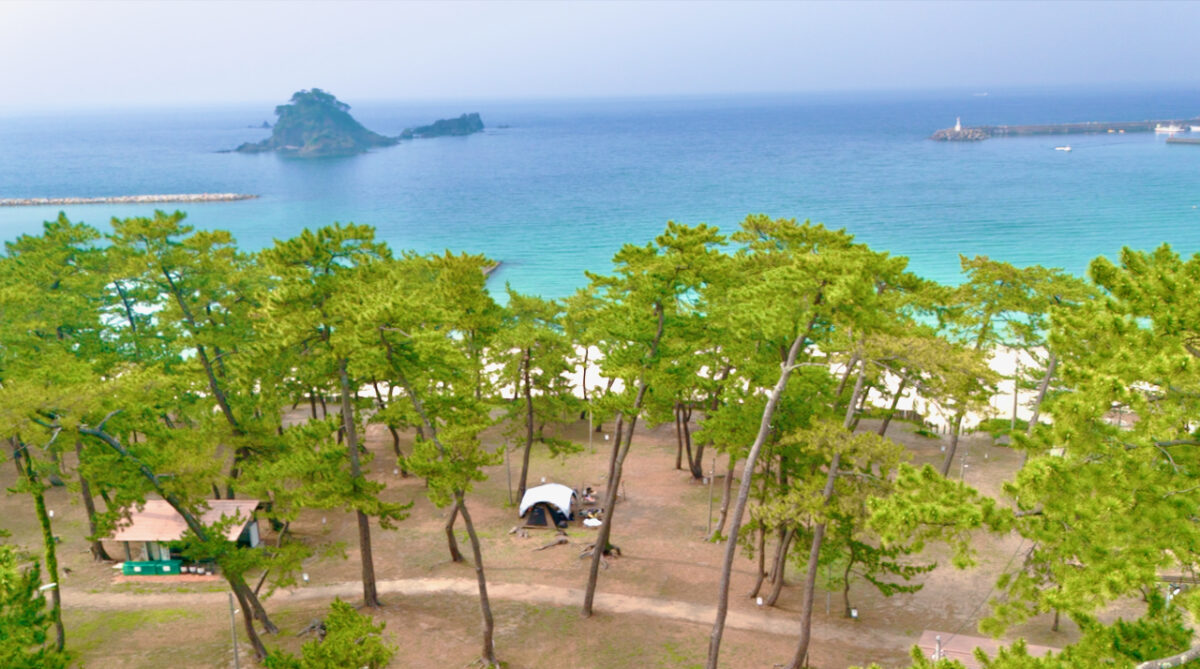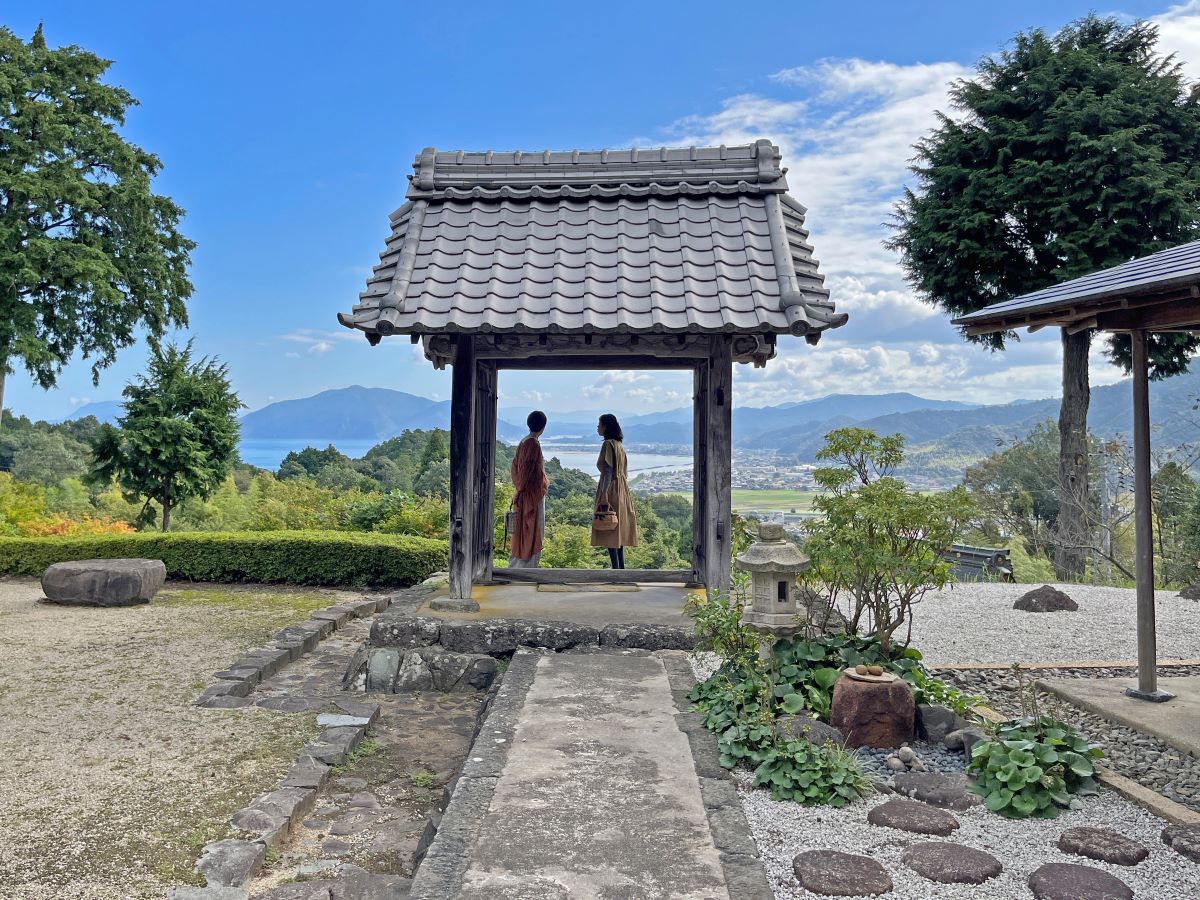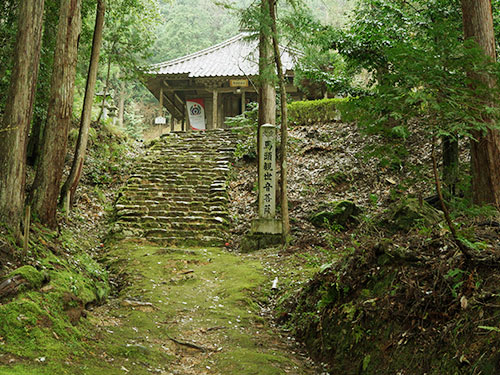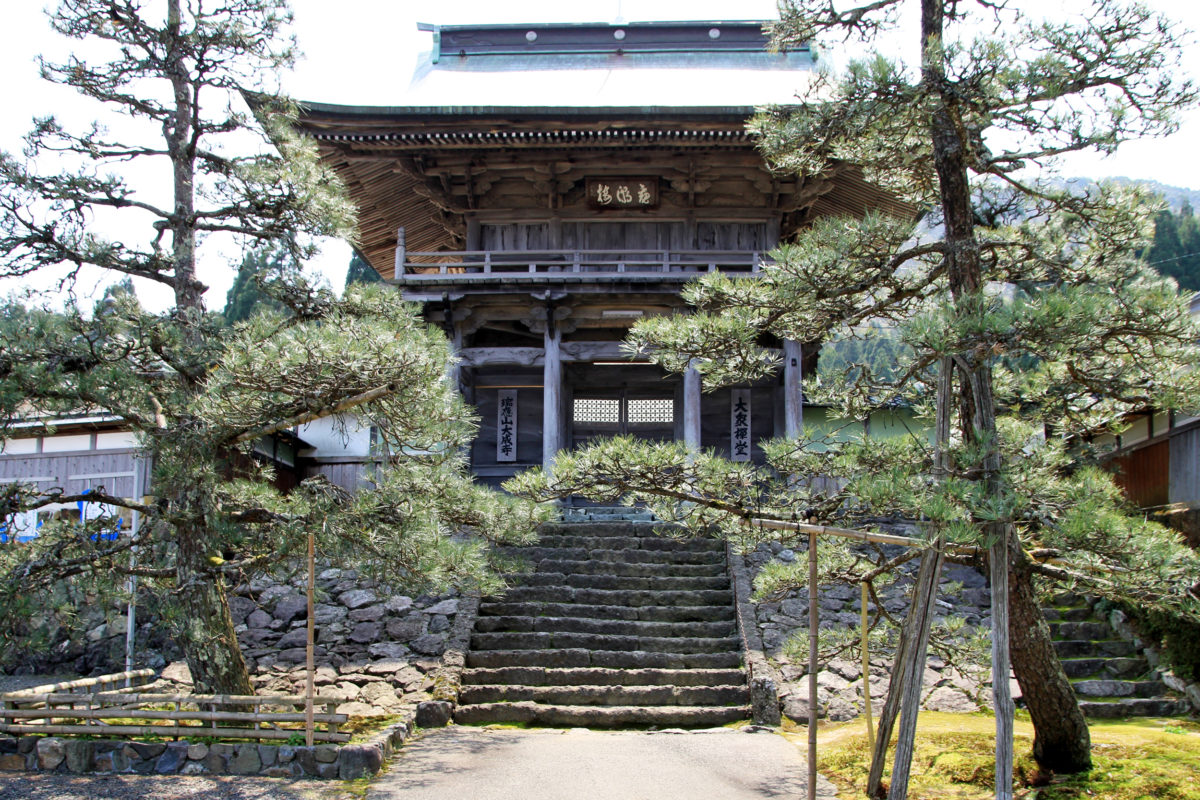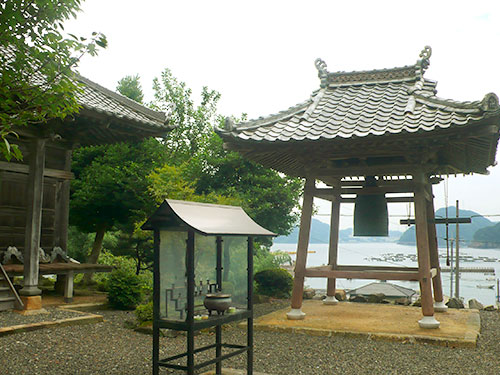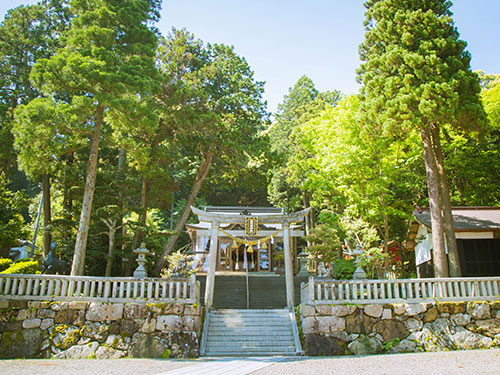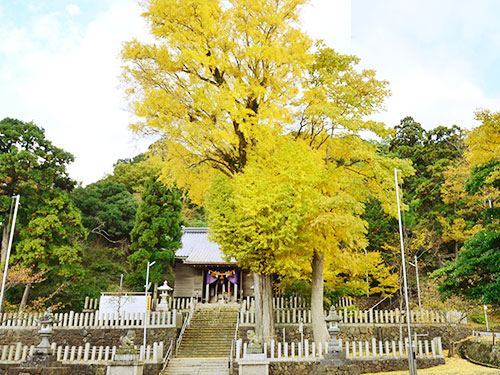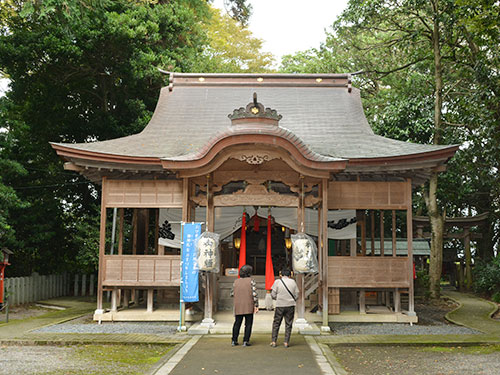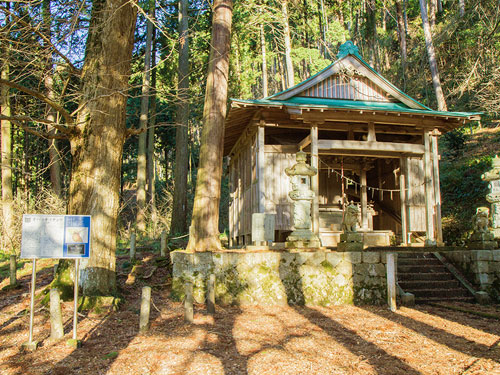Search by area
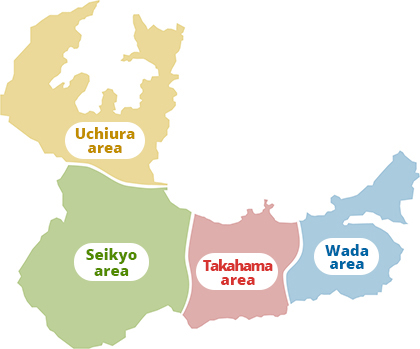
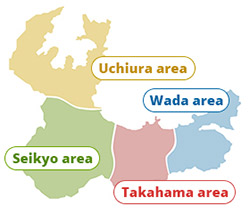
-
Wada Fishing Port

Spring: black porgy Summer and Autumn: Squid Spring and Winter: Flatfish Nestled beside the scenic Wakasa Wada Beach, Wada Port is a laid-back fishing spot perfect for families, beginners, and seasoned anglers alike. The port has convenient parking for around 100 cars, as well as vending machines and restrooms. In summer, the nearby beach attracts many swimmers, so autumn and spring are the best seasons ...
-
Seaside Leisure Path

Stretching for 7 kilometers along the beautiful coastline, Takahama’s seaside leisure path offers stunning views of the Sea of Japan and the iconic Mt. Aoba. This scenic ocean route is perfect for a leisurely walk, jog, or a relaxing cycling ride while feeling the refreshing sea breeze. Along the way, you’ll cycle past beach huts, campgrounds and lookout spots where you can pause to take ...
-
Wada Minshuku Area

A stone’s throw from Wakasa Wada Beach lies a network of narrow streets lined with many traditional minshuku-inns that capture the nostalgic atmosphere of age-old Takahama. Perfect for a stroll or bicycle ride, the area also provides a great for an insight into local Takahama life.
-
Wakasa Wada Campsite

Located in a pine grove over looking the Japan sea, the Wakasa Wada Campsite is the perfect setting to enjoy the great outdoors. Why not camp and BBQ with friends and family after a long day on the beach, and then sleep under the stars accompanied by the calming sound of the ocean waves. Campsite Seasons:Spring: (Mid- March ~ Early June)Summer: (Late July ~ Early ...
-
Nakayamadera Temple

A Sacred Mountain Temple with Breathtaking Views Perched 100 meters above sea level in the quiet hills of Takahama, Nakayamadera Temple offers a peaceful blend of history, spirituality, and scenic beauty. Said to have been founded in 807 by the legendary Shugendō monk Taichō Daishi, the temple has stood as a spiritual landmark for over 1,200 years. While the original structure has been rebuilt several ...
-
Magoji Temple

Nestled among cedars and maple trees, the enigmatic Magoji temple is said to have been originally founded by Prince Shotoku during Japan's Asuka Period (593 to 710). It houses a number of important cultural properties, including a sandalwood Bodhisattva statue carved during the Muromachi period (1336 to 1392) which is only exhibited to the public every twelve years. Magoji is also a popular spot for ...
-
Daijoji Zen Temple

Originally founded in 1351, Daijoji-Temple was destroyed by fire and subsequently rebuilt in 1394 under the patronage of the feudal lord of Obama. The magnificent two-storied gate was added in 1821, and is designated as an important cultural property of the town. The temple is also the 31st site of the Wakasa 33 Kannon Pilgrimage Route.
-
Shorakuji Temple

Shorakuji temple was founded in 764 by the Buddhist monk Gyoki, and is the 32nd Temple along the Wakasa 33 Kannon Pilgrimage route. The principal image of worship is a Sho Kanzeon Bosatsu, and It is said that Gyoki got a sacred tree from the mountain and carved the statue himself.
-
Sakichi Shrine

With a history spanning more than 1000 years, Sakichi Shrine is one of the most important shrines in Takahama. The precinct's stone walls, added after the shrine's original construction, are said to be built from the ruins of the 16th century Takahama castle. The Seven Year Festival, the largest in the Wakasa region, is held on the grounds and is designated as an intangible folk ...
-
Shingu Shrine

Originally founded in the year 1143, Shingu Shrine has served as a place of worship for nearly a thousand years. According to legend, in the year 1142, a fisherman from Wada village cast his net into the ocean on a moonlit night. Thinking he had caught a large stone, the fisherman was surprised to retrieve a wooden deity from his net. This led the village ...
-
Seikai Shrine

The approach to Seikai shrine is surrounded by trees and runs along a gentle stream, giving it a serene and tranquil atmosphere.It upholds many Shinto festivals, including "Shiba no Minoire", which is an ancient ritual held every year in February, where the shrine parishioners strike the male Shinto priest with ceremonial brushwood (shiba) and pray for a good harvest and prosperous business for the year.
-
Sugimori Shrine

Sugimori Shrine is home to two very rare ohatsuki-icho, a rare type of ginkgo tree which were designated as national natural monuments in 1935. The circumference of their trunks is about 3.4 meters, with a height of about 36 meters, and the trees are said to be 100 years old.




